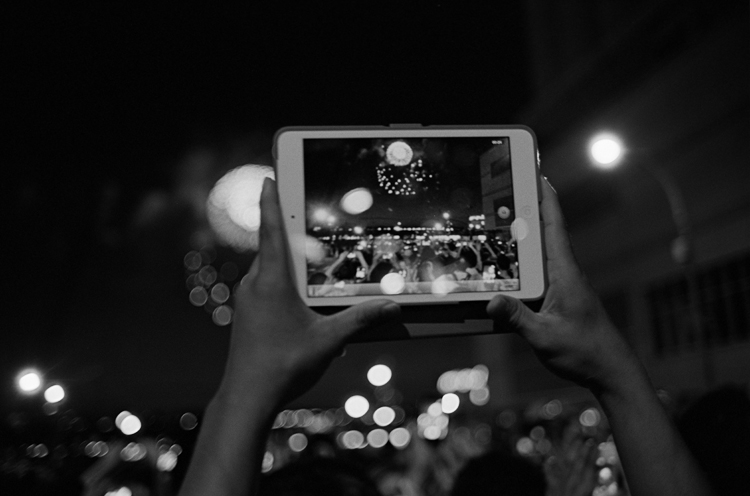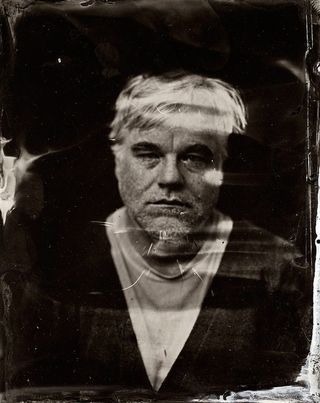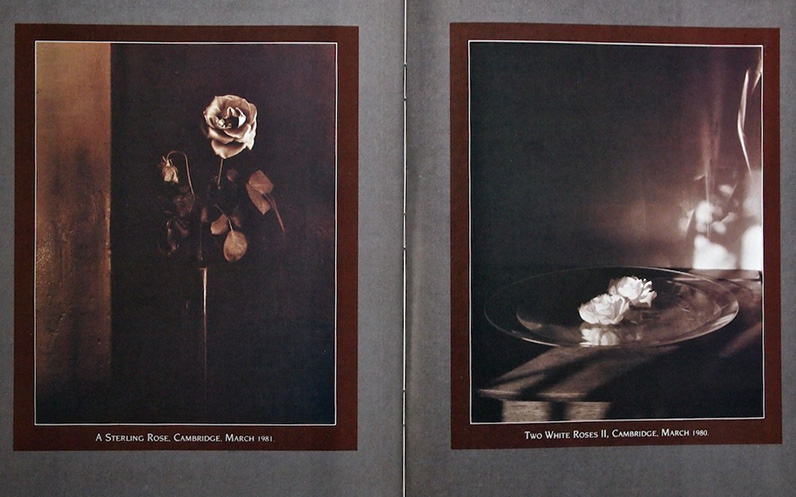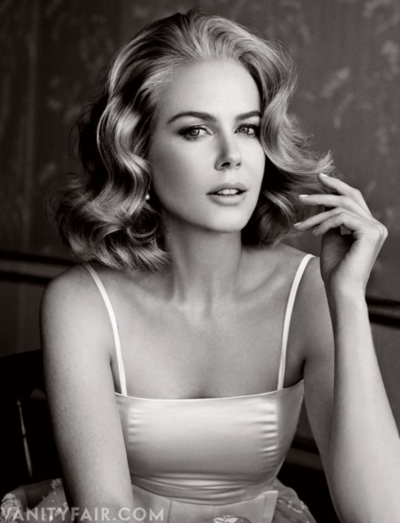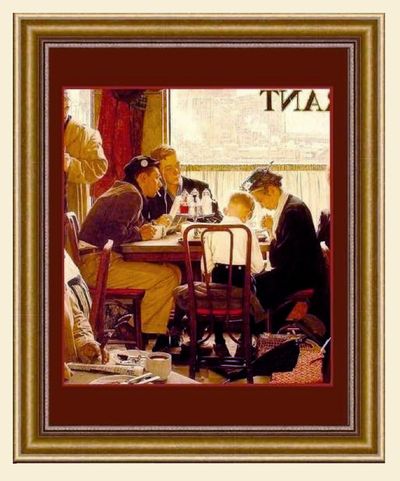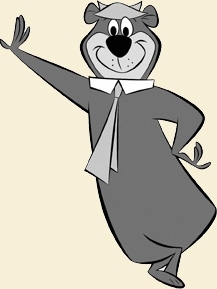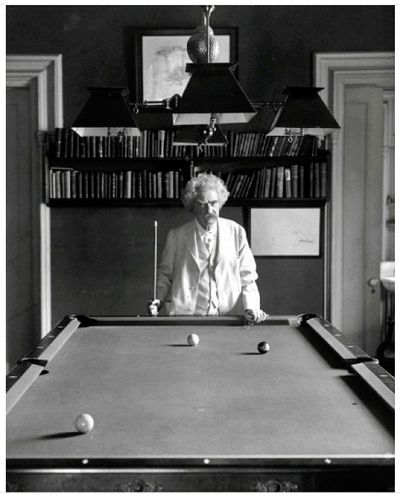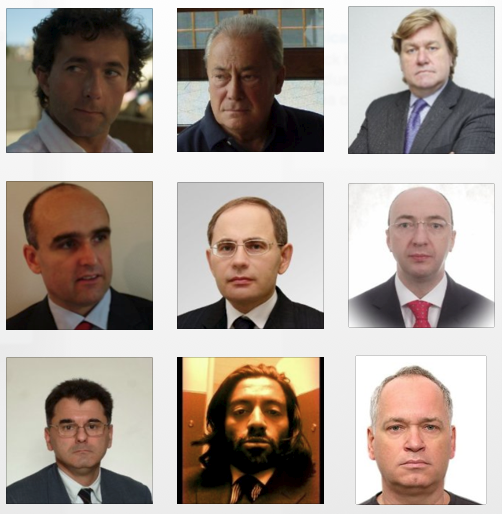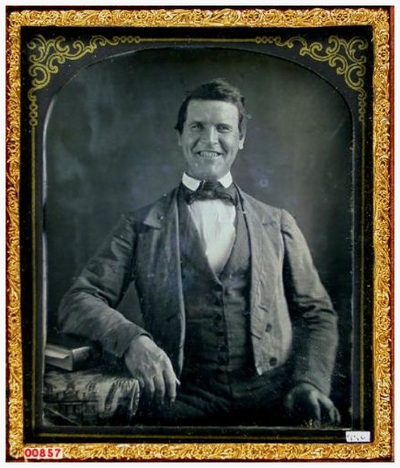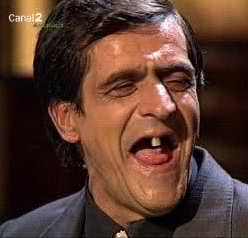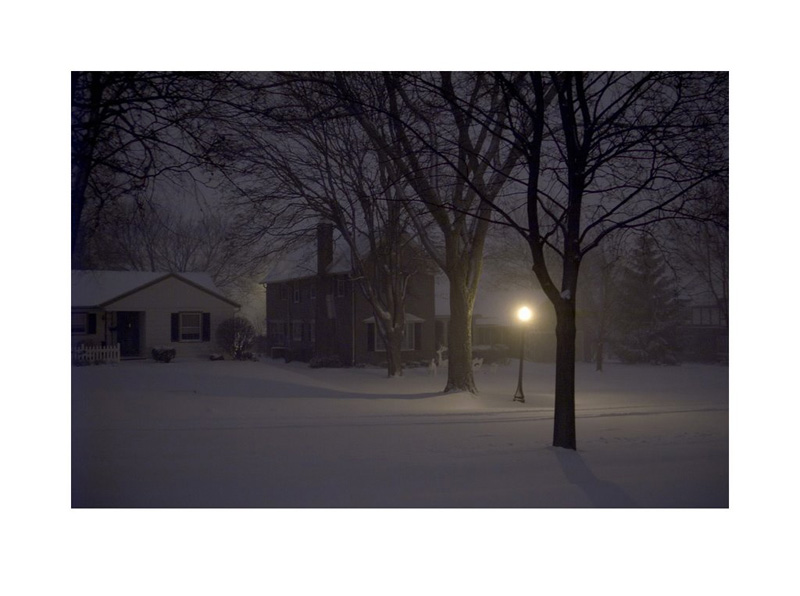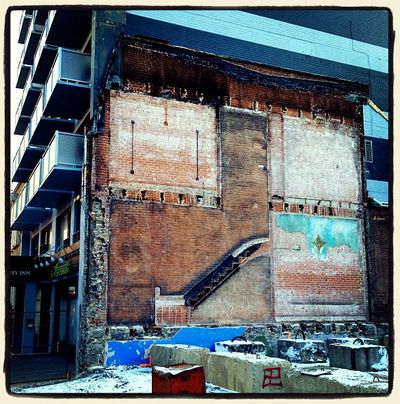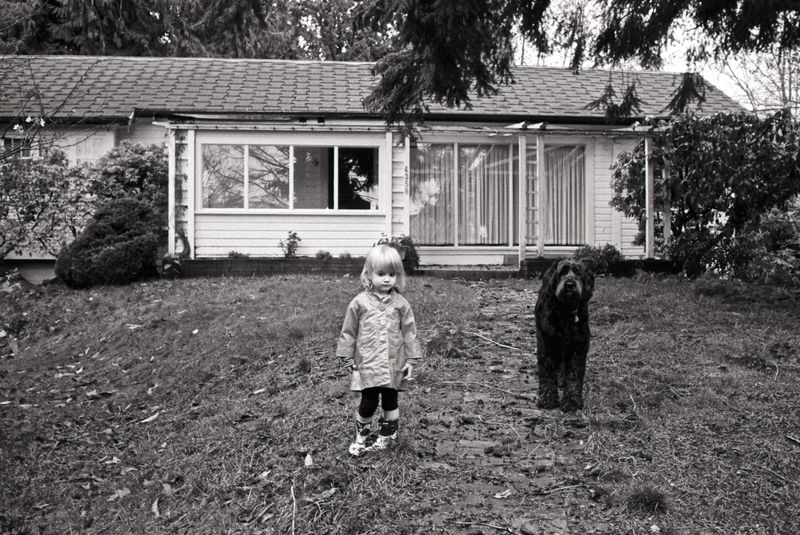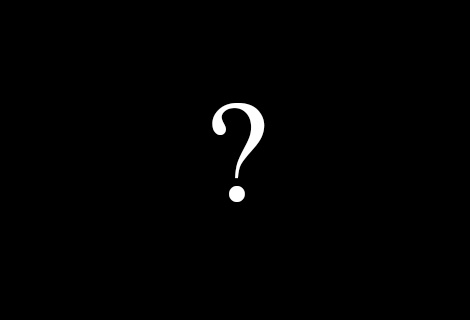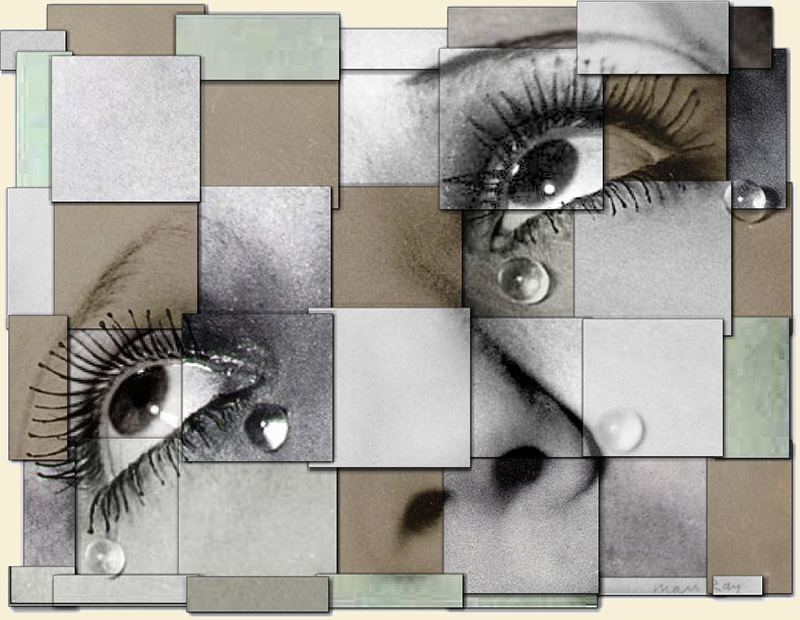By the way, I have a few thoughts about the terminology question from Monday. But to begin with, I'll stipulate that terminology doesn't really matter and that we don't get to decide anyway. (Let's not let that question take over the comments.) Still, I think this is interesting.
I'm going to assert (provisionally, open to attack) that "taking pictures" is the plainest, least precious, least pretentious way to say what it is we're doing. But what struck me was that when a number of people suggest "making photographs" as an alternative, it is usually proposed as a sort of gentle synonym—a slightly tilted shade of meaning, a somewhat more fastidious way of saying essentially the same thing.
But "making photographs" is not a synonym for "taking pictures" at all, really. Taking pictures (shooting) and making photographs (creating something finished that other people can see using your shooting as the raw material) are the two different sides of the practice of photography, the two different spheres. The two sides of the same coin, the two ends of the same stick. This is clear to me because I started out in film with black-and-white, when the two things were vividly separated (you exposed film with your camera and you had exactly nothing visible—then you developed the film and at least proofed the negative in order to have something to look at). Now they're not so separated any more...in some ways, they've almost merged together.
Almost. One part is taking pictures; the other part is making photographs. Lots of people take pictures who never make photographs. Regardless of how evanescent or inconsequential it is, a photograph has to be a thing. A thing you can point to. A thing that is somewhere. Is it a photograph if no one can see it? Or if no one does? I don't think so. If no one can see it, it hasn't been made into a photograph yet. I have negatives that I think will make good photographs that I've never printed. Are they photographs? I'd argue that they aren't yet. When Ctein showed up in Madison with a box full of prints to show me, those are photographs. If someone "finishes" a JPEG and puts it up on Flickr, then it's a photograph. As long as it's just a RAW file you've assigned five stars to, it isn't quite a photograph, yet.
Seventy years ago, most photographs were black-and-white and were made using film, and the two parts, as I say, were very distinct...you took a picture with your camera, then you went and made it into a photograph (or had somebody else do it for you)...because if you didn't, not even you could see what it looked like. The image even after it was "taken" was still literally invisible (the latent image). Now, the lines are much more blurred. Now, nobody agrees on when it becomes a photograph or what it is once it becomes one...nobody agrees on what a photograph is any more.
This might be the very simplest form of the two parts of the practice of photography today:
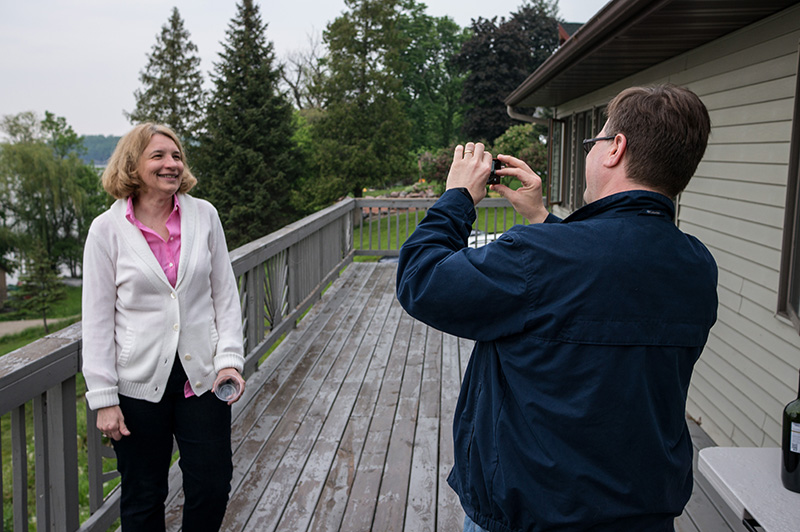 Taking a picture
Taking a picture
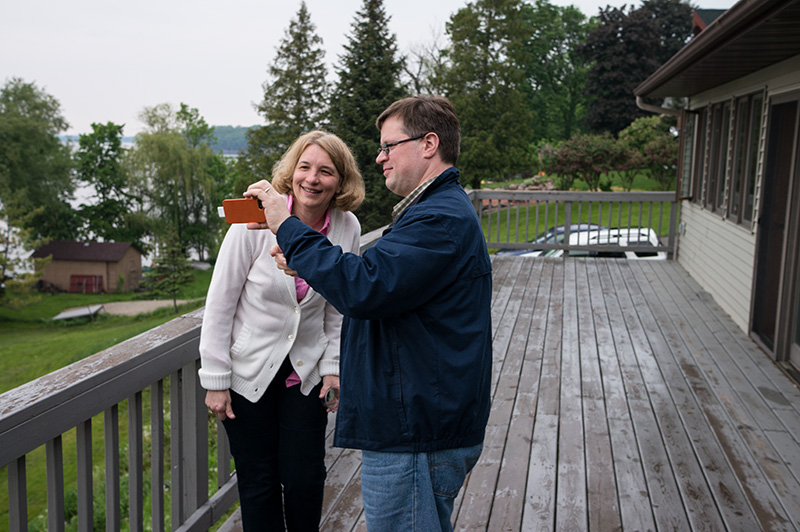 Now it's a photograph (noun)
Now it's a photograph (noun)
Think of what's happening here, versus what could have happened. Ed could have looked at his picture and said "oh, that didn't turn out," and deleted it. In which case—not a photograph. Instead, he decided it was okay, and "published" it—just by showing it to his sister on the viewing screen of his phone, true, but still, he's decided it's worth sharing and has displayed it.
Deep down, those two different "parts" to what we do are still there—furtively, vestigially.
The traditional way to make a photograph is to print a picture, preferably well. Peter Turnley takes pictures all the time, as visitors to his Facebook page are aware. It's when he has his good friend Voja make a print of it and he signs it that he's made a photograph. Of course there are other ways to make a photograph—publish it in a magazine, newspaper, or book, or online.
Some people just "take pictures." Other people only take pictures in order to make photographs. Lots of people, of course, do both.
Personally I think I've swung from one extreme to the other. I used to love to do darkroom work and make "final," finished prints. I even took a job as a framer and experimented with framing methods so I could learn how to present my prints. Now I mainly take pictures and don't often make photographs. What this has left me with is a mass of raw material that I intend to make photographs out of, some day. (I'd better be careful, because these plans in my head could die there, when I kick off. Then nobody will ever be able to see what I see or know what I intended.)
Do you see the distinction? Think it's useful? Now that a) cameras give you something to view and a way to view it instantly, and b) that relatively few people (fewer all the time) consider "making prints" as a necessary or even desirable end-point of photographic process—of "doing" photography—I wonder how many people today still make the mental distinction between taking and making. If you accept that they're very different things.
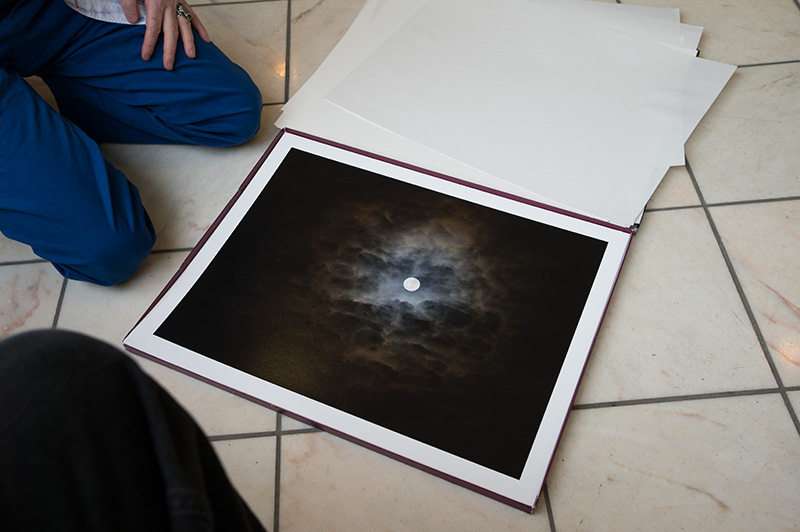 In Madison last Saturday, Ctein shows me a photograph he made.
In Madison last Saturday, Ctein shows me a photograph he made.
And, which is more important to you? Do you do both? Do you do both equally? Or do you just, well, take pictures?
Mike
Original contents copyright 2013 by Michael C. Johnston and/or the bylined author. All Rights Reserved. Links in this post may be to our affiliates; sales through affiliate links may benefit this site.
TOP's links!
(To see all the comments, click on the "Comments" link below.)
Featured Comments from:
Dennis Fallon: "I'm not sure I completely buy into the application of yesterday's terminology. In the past, you could make a picture and then never show it to anyone. Today, you can take a picture and have it on Facebook without a second thought. All too often, without a second thought. So the act of sharing or publishing isn't the same thing as the making of a photograph from film. And what of transparency film? Would a photograph only be made from negative film if printed and from slide film if shown?
"And at the same time, I like the distinction. Taking a picture is what you do when you press the shutter release button (and I suppose I'd include all you've done in preparation of releasing the shutter, though I wouldn't be against counting that a separate activity). Taking the picture is recording the image—on to film or a memory card. Then you do something (or multiple things) with that recorded image—delete it, save it, print it, upload it, email it, straight from the camera, post-processed...basically, I don't think that what comes after taking the picture can consistently be equated to making a photograph. But whatever it is, it is separate from taking the picture."
martsharm: "Of all the photographic techniques I've attempted to practice and
understand, printing is ultimately the most fulfilling. Shooting is an
exciting and motivating process; reviewing and editing have the most
potential for chorelike boredom (but possibly are the part of the
process that most rewards careful, patient diligence); but printing,
assuming some semblance of success, generates a warm sense of creative
achievement and reward. The print is evidence that all the bother was
worth it: the thinking, the preparation, the shooting, the editing, not
to mention the expense, were all in the pursuit of creating—well,
let's say it—art. And that is a noble cause.
Furthermore, and apropos of Ctein's column, a bunch of 1s and 0s on a
stripe of magnetic media are a poor way to express such
emotionally-charged material. Only by making such code permanent,
tangible flesh can we truly say we have made a photograph.
All of which is a roundabout way of saying yes, I agree with the premise
of your column."
JPH: "Sorry, I have nothing to comment on what I see as nothing more than a
quibbling of semantics...but do want to comment on that absolutely
fabulous photo shown of Ctein's! That is just simply beautiful! And
it's a snapshot JPEG of the print! What is it called? I tried to find
it on his site, but couldn't locate it...the closest I came was
'Diamond Ring'...Anyway, just wanted to give that shout out to Ctein, beautiful image.
And thanks to you for just happening to snap a pic of that particular
photograph, and sharing it."
Mike replies: Ctein showed me three pictures I thought were outstanding. All very different. The amazing moon picture was one. I told him we have to have a sale of them next year. He doesn't want to hear it because he's in the throes of a serious darkroom grind for the Last Dye Sale. But I'll be persistent....
Grix: "All my life (since 1958 anyway), I've been taking pictures. My mouth
doesn't form well around the words 'making photographs.' Until I print
them. Then it's easy for me to say, 'Here's a photograph I made back
in...etc.'"
Sarge: "In Waray (the native language in Leyte and Samar, Philippines; my first language), the loan word for a photograph (noun) is Kodak. So is the verb (photographing, taking pictures) conjugated accordingly. A photographer is a para-Kodak or simply a Kodaker in pidgin.
"When asking permission to take a Kodak of a farmer at work, I usually answer the almost inevitable 'what for?' question with 'Facebook,' which most everybody has heard of, even in the boondocks. (Very few, if any, know what a 'blog' is. For that matter, few had heard of Fuji or Agfa whose films and developing kiosks were also available locally in pre-digital days.)
"As for the 'making pictures' part, it just occurred to me that the only photos I have actually printed were those of farmfolks in my home town, of whom, or in whose property, I have taken pictures. I usually give away these small prints (1/2 or 1/4 of an A4 photo paper printed at a local Internet cafe) when returning for follow-up shoots.
"Another regional example of taking and making pictures:
"My sister while posing to have her picture taken by her companion with the Hong Kong harbor in the background, also had her photo taken by a local pro unbeknownst to her. As they prepared to move on several minutes later, she was confronted by the photographer with her picture printed on a melamine plate. She took it! (At HKD 20, she was indeed taken.) The plate is now displayed at our parent's home. WB aside, it's not a bad picture."
